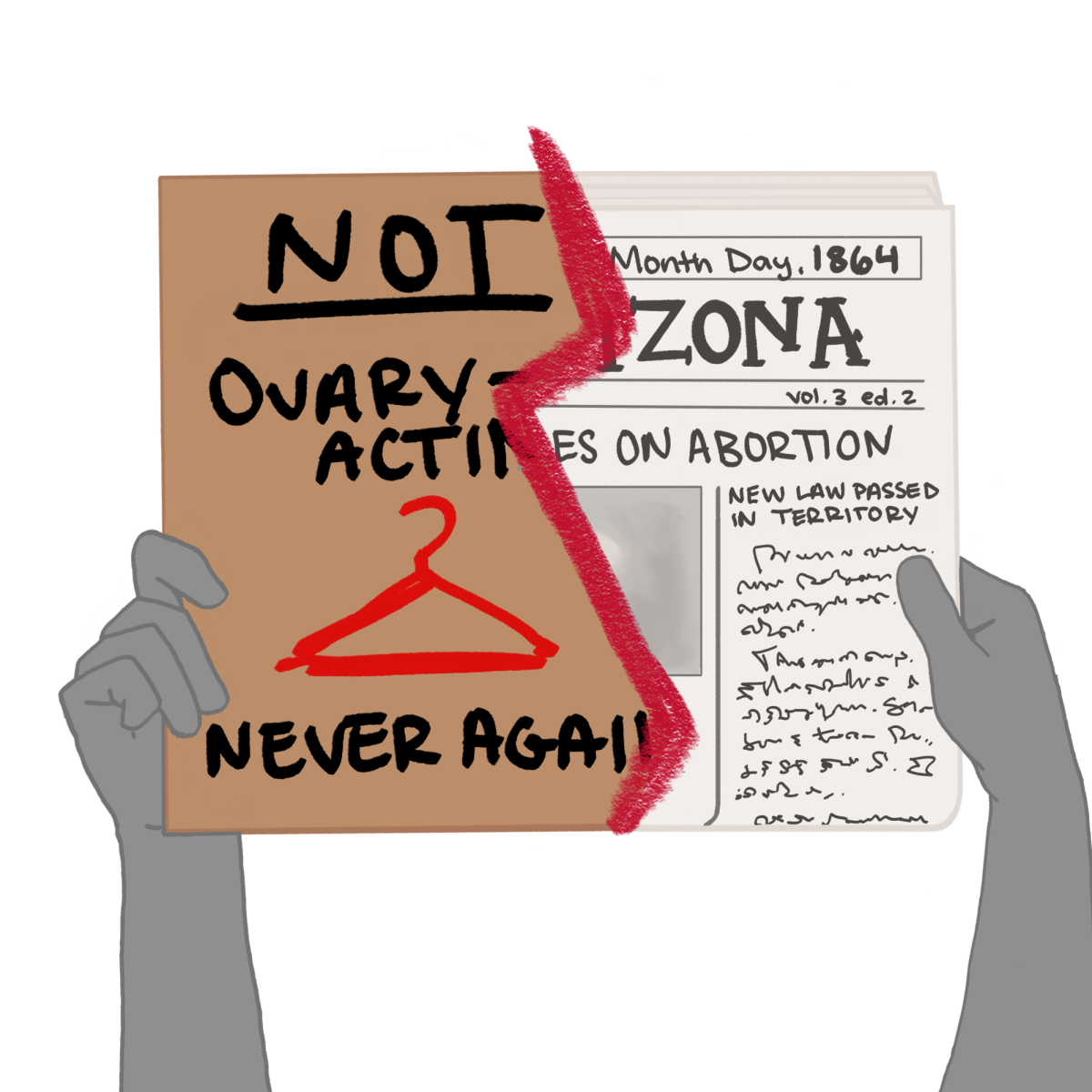The gym rats of UTSA are easy to identify for people who know the tell-tale signs. Jaunting across campus, they often sport tank tops emblazoned with motivational work-out quotes and wear Bluetooth workout headphones around their necks like pieces of jewelry. But even more than these two signs, the accessory that gives away a gym rat’s status every time is: the protein shake.
Held on a pedestal as the key to beefy biceps and washboard abs, protein has become the obsession of gym rats everywhere; however, athletes and avid exercisers are not the only people who have jumped on the recent protein-centric diet bandwagon. Even those who work out only casually seem to believe that an increased intake in protein will inevitably produce a proportional increase in muscle mass; certainly the belief that no work out is complete without an expensive protein shake to supplement it is widespread. Even those who don’t work out often believe that more protein is beneficial to one’s health.
Yet the USDA’s recommended daily protein intake for the average male and female falls greatly short of the daily dietary standard of one gram of protein for every pound in body weight that is endorsed by the fitness community today. The USDA recommends that the average sedentary male consume 56 grams of protein daily and the average sedentary woman only 46, or .8, kilograms per pound of body weight.
While this amount will vary depending on the person and their level of physical activity, the one gram per pound rule that is likely the reason behind the protein shakes we see students carrying around campus demands a protein intake far above the USDA’s recommendation. If a person abides by this popular trend of increased protein intake, he or she will consume 2.2 kilograms of protein per pound in body weight each day—nearly three times as much as the USDA recommendation.
However, studies on optimal protein intake for muscle growth and maintenance generally place the ideal intake at only 1.3-1.8 kg/lb. More protein is good for muscle growth when working out but only to a certain extent. In fact, at a certain point, too much protein can actually be bad for you. Individuals who increase protein intake at a rate that is not supported by their level of exercise (a common practice due to our empirically unsupported fetish for protein) will actually gain weight, not the muscle promised by protein fanatics. Kidney problems and dehydration can also result from too much protein. So, why this protein craze if there is no evidence that excessive protein consumption is good for us? Marion Nestle, Ph.D. and professor of nutrition, food studies and public health at New York University believes the craze is nothing more than a money-making marketing scheme.
“The advantage for marketing purposes of protein over fat or carbohydrates is that it’s a positive message, not negative. Marketers don’t have to do anything other than mention protein to make people think it’s a health food,” said Nestle.
The success of this marketing is evidenced not only by the gym rat’s adoption of the protein shake as a dietary staple but also in the food industry at large. In an article addressing the potential harms associated with excessive protein consumption, Huffington Post senior editor Sarah Klein wrote that “with recent launches of Lunchables Protein Packs and Cheerios Protein, it seems food companies are trying to sell us on more protein in just about every aisle of the grocery store.”
Klein’s observation is certainly accurate. In line with the trend behind the outrageous popularity of the protein bars and powders that dominate entire aisles in grocery stores, food companies are increasingly eager to put a protein-based twist on their products. And consumers are just as eager to support this scientifically unsupported protein campaign with their purchases. So the next time you’re walking through the grocery store and spot protein-infused pasta or Wheyhey!—an ice cream packed with 20 grams of protein—among the usual frozen desserts, consider buying the regular pasta and good old-fashioned ice cream instead of buying into a trend that is founded in misunderstanding.

















